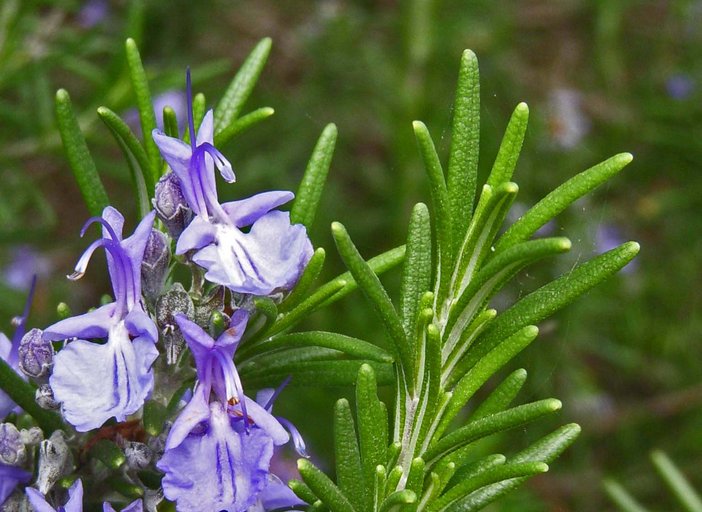 Man has been striving for it since ancient times, beautify his abode with living plants. A particularly close relationship with houseplants developed in areas with a pronounced change in the seasons. Here the joy of growing and blooming was also enjoyed during the winter, when the eye searches in vain for fresh green and bright colors of flowers in the woods and fields, to the reluctantly lacking self-evidence. In living quarters as well as in homes for the sick and the elderly, in offices, shops and workshops, schools, In meeting rooms and restaurants, we want one that is appropriately adapted to the purpose of the room, enduring flowers- and don't miss greenery. The living plant gives us joy, beauty, recreation, encouragement and instruction! The plant culture in the room is by no means a recent achievement. It also has a history with us that goes back to the early Middle Ages. The first plants taken up for care in the room may well have been kept as medicinal plants. That mysterious powers were also ascribed to some of these earliest houseplants, is not surprising given the superstitious ideas of the Middle Ages.
Man has been striving for it since ancient times, beautify his abode with living plants. A particularly close relationship with houseplants developed in areas with a pronounced change in the seasons. Here the joy of growing and blooming was also enjoyed during the winter, when the eye searches in vain for fresh green and bright colors of flowers in the woods and fields, to the reluctantly lacking self-evidence. In living quarters as well as in homes for the sick and the elderly, in offices, shops and workshops, schools, In meeting rooms and restaurants, we want one that is appropriately adapted to the purpose of the room, enduring flowers- and don't miss greenery. The living plant gives us joy, beauty, recreation, encouragement and instruction! The plant culture in the room is by no means a recent achievement. It also has a history with us that goes back to the early Middle Ages. The first plants taken up for care in the room may well have been kept as medicinal plants. That mysterious powers were also ascribed to some of these earliest houseplants, is not surprising given the superstitious ideas of the Middle Ages.
In the Middle Ages, the garden rosemary, which came from the coastal countries of the Mediterranean, was the first potted plant to be cultivated (Rosmarinus officinalis L.), which only survives the winter outdoors in a few areas, guarded at the room window and cared for with special love. One believed, that already his “presence against various diseases and infirmities, Pestilence and witchcraft" was effective. The evergreen dwarf shrub also played an important role in customs, and the bride adorned herself with a wreath of the spicy-scented rosemary leaves, before the myrtle became native to us.
But in the Middle Ages, rosemary was no longer the only indoor plant. When you're in 15. century’ the garden carnation (Diänthus caryophyllus L.) brought to Germany from Southern Europe, soon the "Nägeleinstock" could be found on the windowsill in every house.